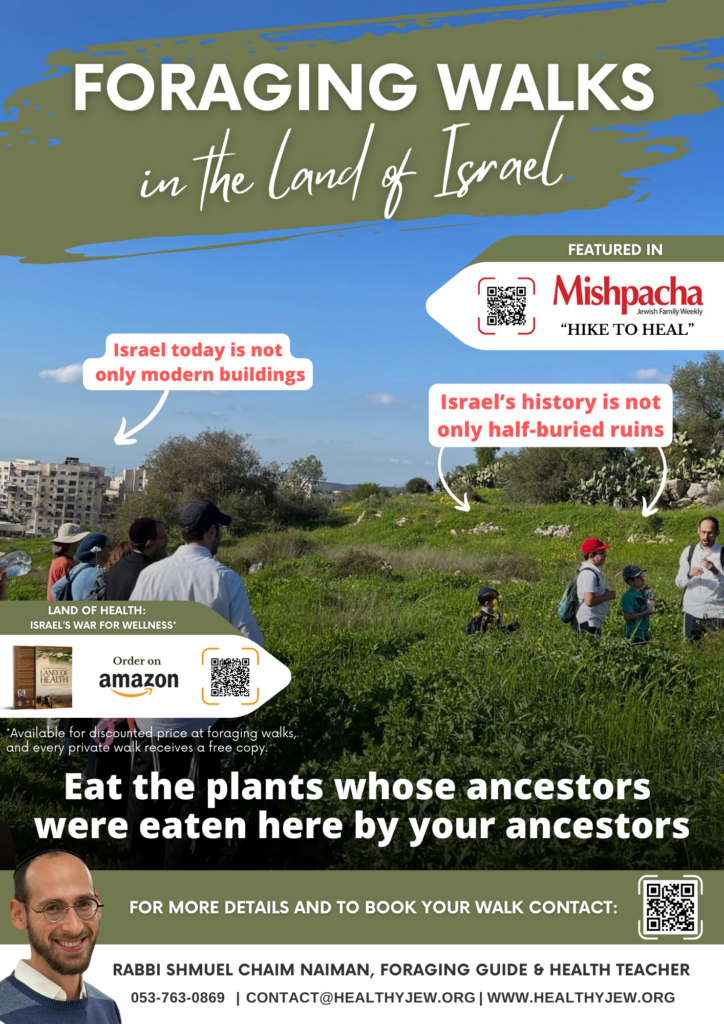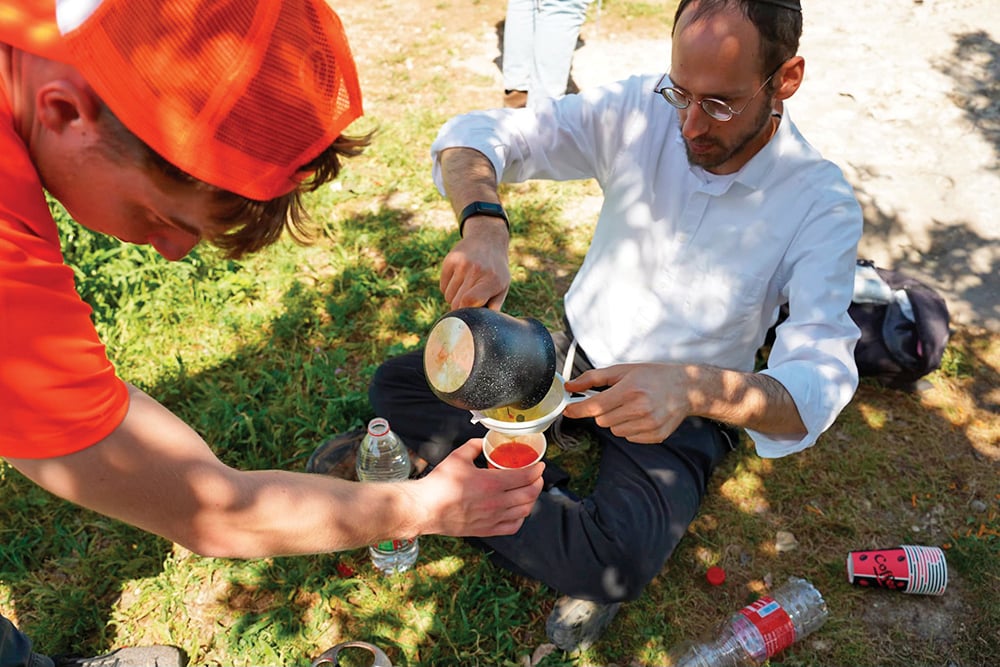
Israel isn’t only a country that sits on a conflicted corner of the Middle East, just as the Jewish people aren’t just a bunch of people who share a common history, philosophy or set of morals.
Rather, as God told Moses to tell Pharaoh in His first message to the Egyptian king:
“My firstborn son is Israel.”
God called us “son” in the singular.
The Jewish nation is a living human form that reaches farther and higher than any individual person can ever hope to reach with his own limited mind and abilities. We know and emulate God by learning and living according to His Torah — all of us together. We possess a common soul.
But every human being also has a body. Where is the body of Israel? It’s great to have a common soul somewhere up in Heaven, and it’s awesome when we occasionally see its effects down here. But we’re usually regular people living inside separate physical bodies. Everything we do, for better or worse, happens in the material world.
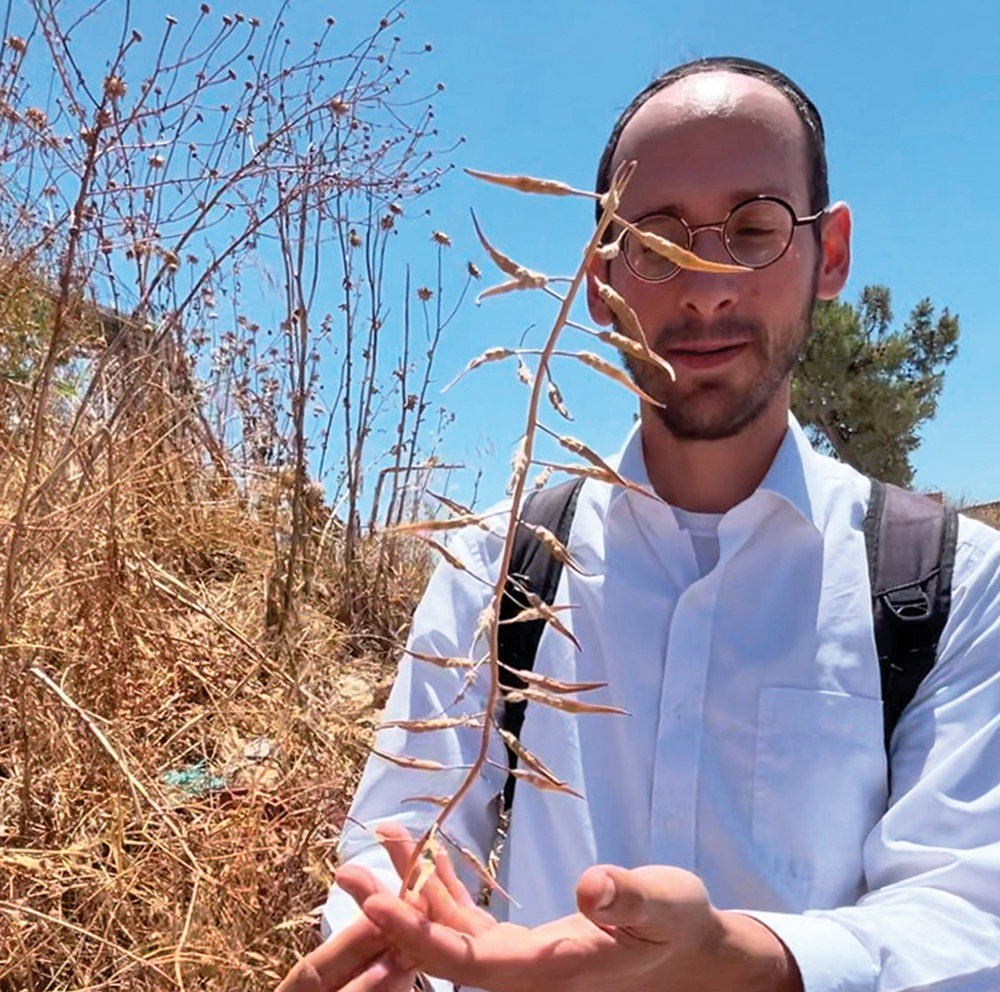
The Body of the Nation of Israel Is the Land of Israel
The Nation of Israel breathes life into the Land of Israel through living there by God’s will, as expressed in its special Torah laws. In this way, we give form and purpose to our little corner of the material world. We need this material home where our spiritual ideals are grounded — literally — in the physical earth. The land gives the nation its body, an island of unity in a world of separation and strife.
How can we directly experience Israel as a living, thriving body? We might believe that Israel is our national body, but we usually experience it as a tiny country piled up with concrete-and-steel towers connected together by strips of burnt tar that are constantly trampled by zooming four-wheeled metal boxes with raging fires (or big batteries) under them.
There are many ways we can come to appreciate the living heritage of the Land: hiking, camping, farming, even a walk in the countryside right outside of most Israeli cities. One of my favorites is foraging for edible and medicinal plants in Israel’s natural world, surrounded by the ancient Jewish (and Roman) towns whose inhabitants ate the ancestors of these plants. Foraging is fascinating, fun, an excellent entrance to healthy living, and offers a unique taste –—literally—of the living Land of Israel.
Wild plants silently bear witness to the march of time, bonding together places and people of the past, present and future. Israel’s history comes alive when it’s more than some half-buried buildings and stones.
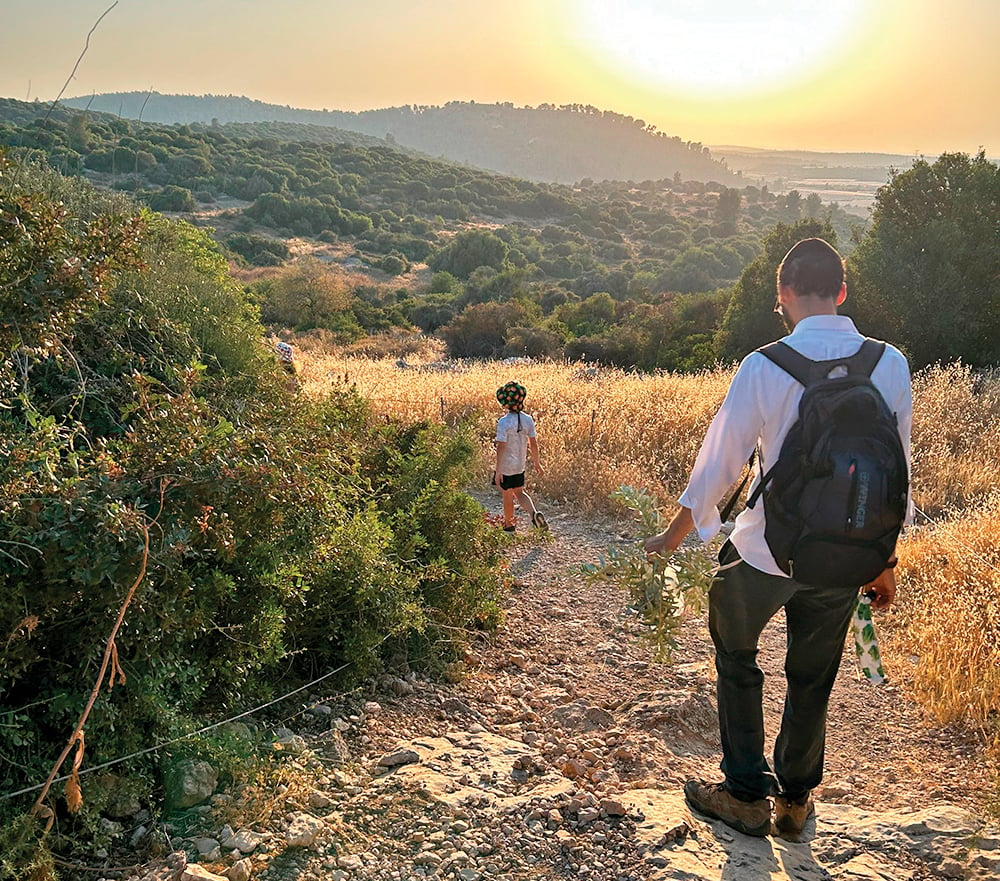
I’ve been out foraging hundreds of times, but I still stand in awe when contemplating that this leaf, seed, flower or fruit is a direct descendant of the leaves, seeds, flowers and fruits that our ancestors ate here in the times of the Beis Hamikdash (and before).
The story of Israel’s life is told in the lives of its plants.
- Wild lettuce — which grows around Pesach time — the original maror that’s actually bitter (very bitter!). It’s also a calming herb because of the small quantities of opioids in its milky sap.
- David fought Goliath in the Elah Valley, named after the Elah (terebinth) tree which produces delicious berries whose astringent properties help with canker sores and ulcers. There are indeed many Elah trees in this fertile area right south of Ramat Beit Shemesh. (I often guide foraging walks there.)
- The common za’atar shrub is probably the Torah’s aizov. Picking a bunch of stalks, we can imagine how this was used as a brush for the Pesach offering in Egypt, and the purification rituals of the parah aduma and metzora.
Foraging in our nation’s body also provides a hands-on experience for healthy living in our individual bodies:
- Many wild leaves, flowers and fruits are unusually packed with vitamins, minerals, phytonutrients and even medicinal compounds. People often ask on foraging walks, “So what is this plant good for?” My first answer is usually that it’s very, very good for food.
- Foraging was humankind’s original exercise: moving around in search for sustenance. When walking in nature to gather food, we’re deeply aware that we’re journeying through the world and life.
- Foraging teaches stability, equanimity and balance. Plant life stems from far beneath the ground, its sustenance and growth rooted in the timeless, motionless earth. By directly connecting with the world of plants, we too can leave the frenzy of life’s activities and worries, becoming just a bit plant-like.
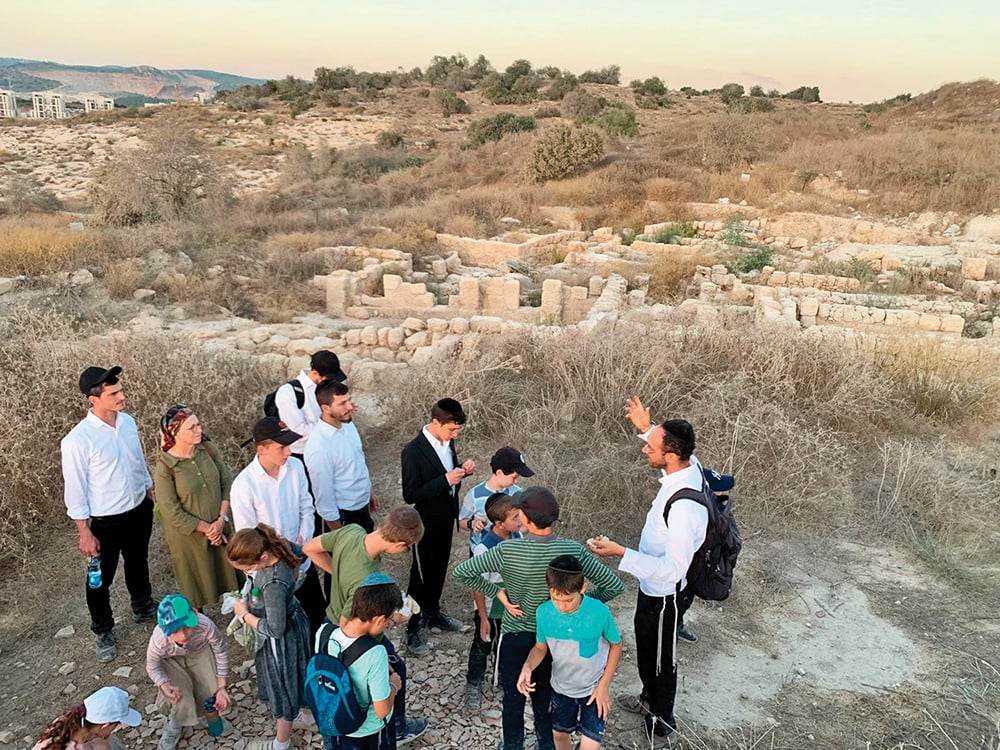
So next time you’re in Israel, drop me a line and we’ll set up a time to forage together in the healthy body of the Jewish people.
Rabbi Shmuel Chaim Naiman is a foraging guide and certified health counselor. He serves as mashgiach ruchani in Yeshivat Lev HaTorah of Ramat Beit Shemesh, where he teaches a daily Healthy Jew class. He recently published a book, Land of Health: Israel’s War for Wellness, and writes a weekly newsletter, Healthy Jew. Check out his work at healthyjew.org, and reach out to him at [email protected] or (972) 53-763-0869.
